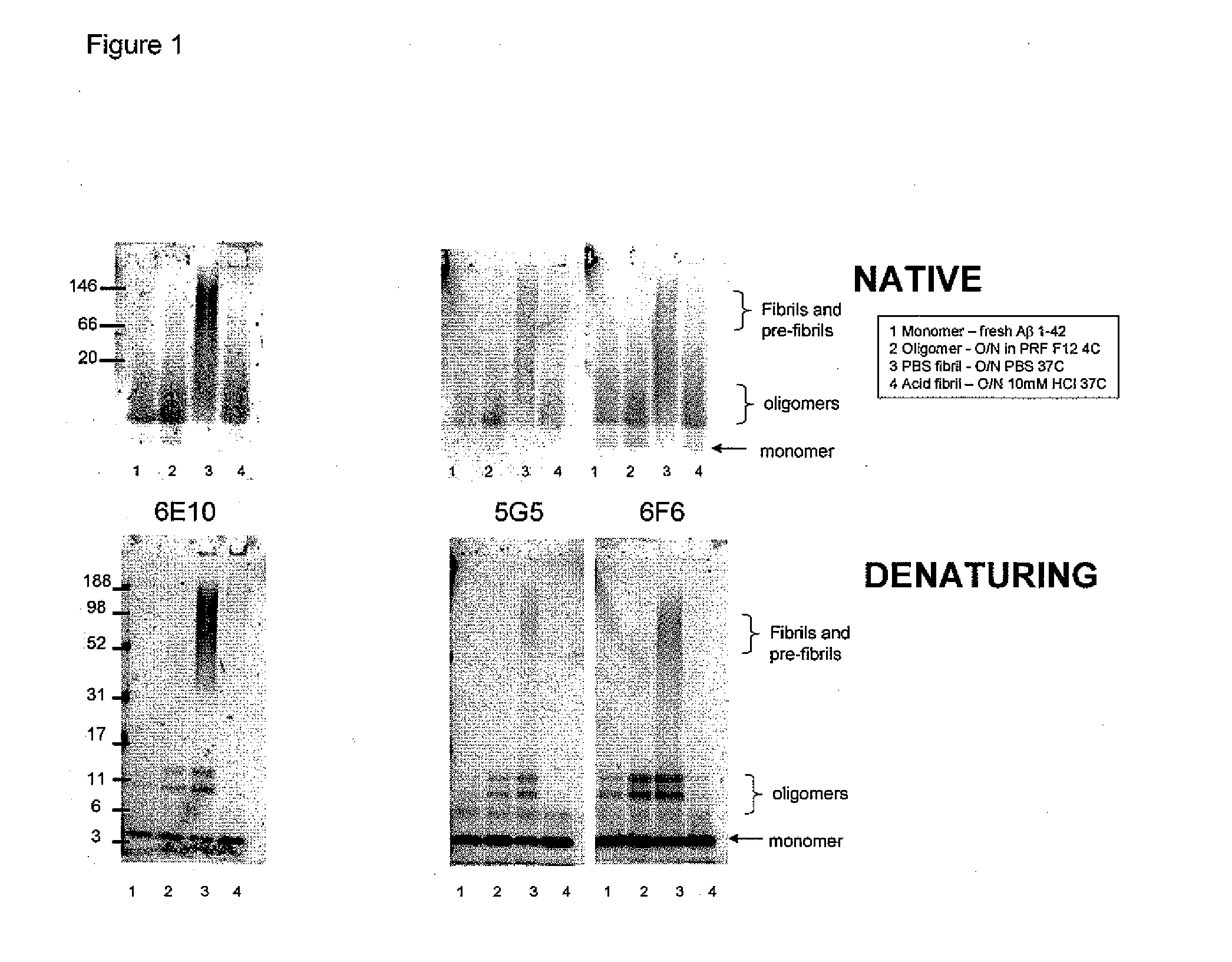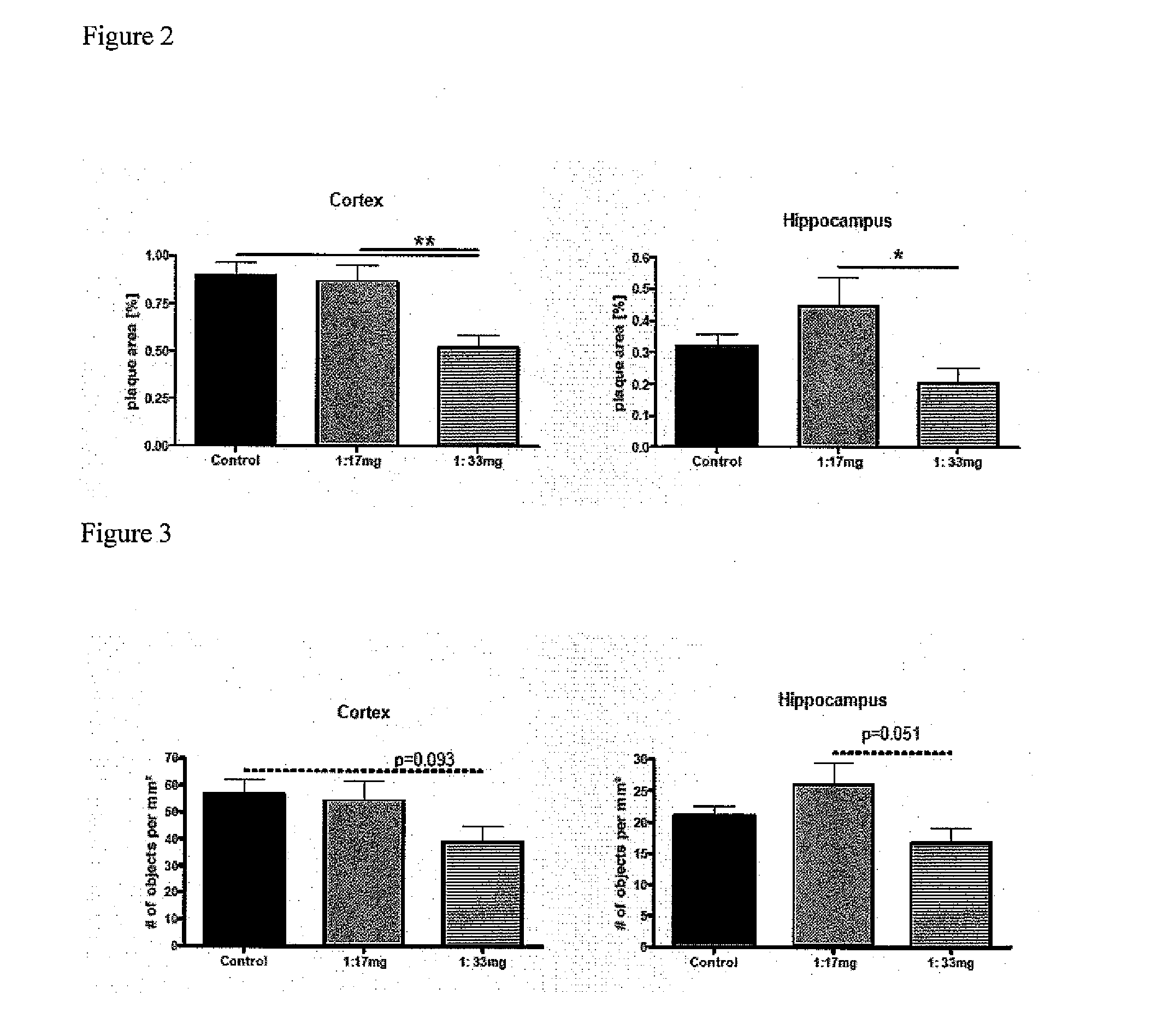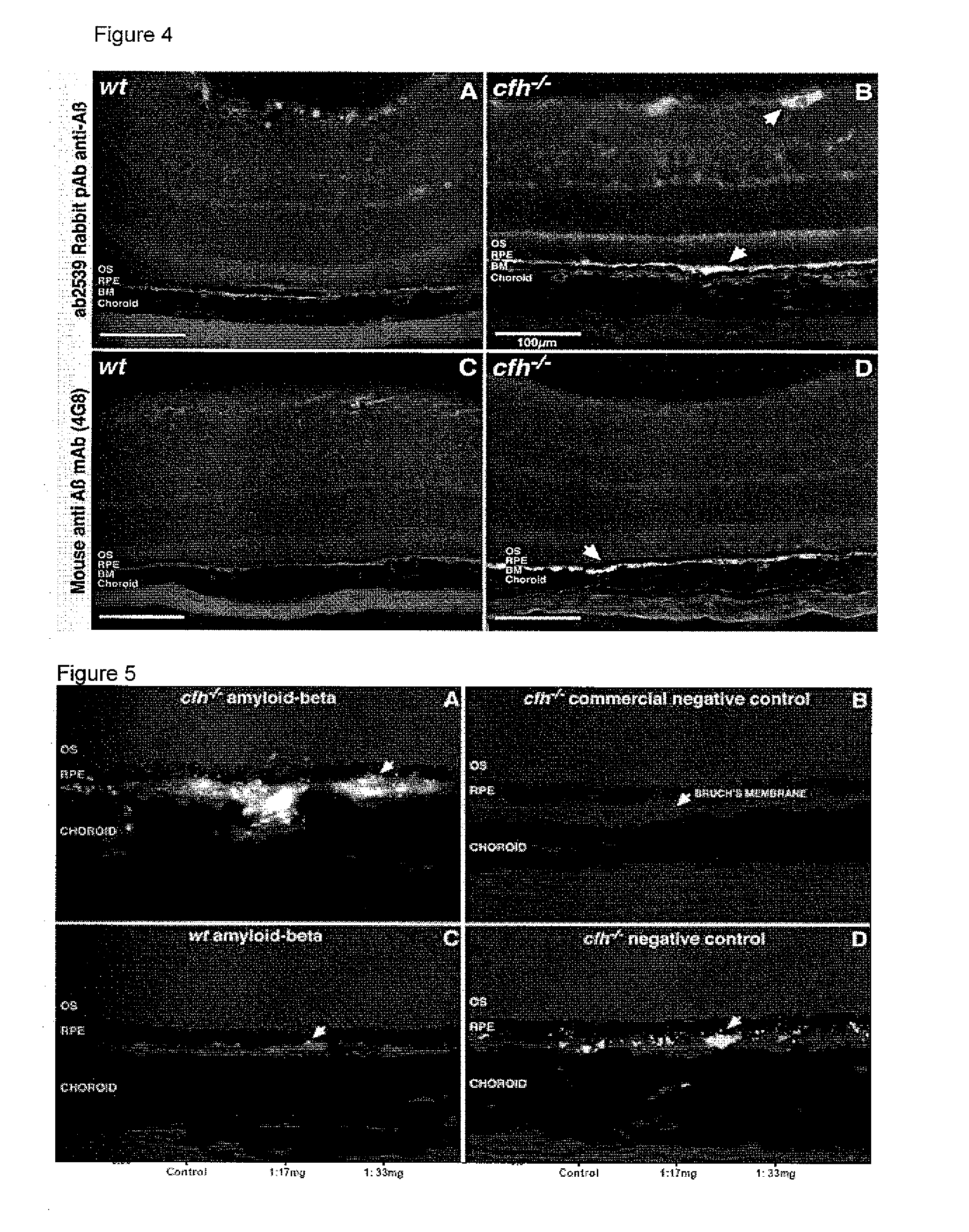Antigen binding proteins
a technology of antigen binding and protein, applied in the field of antigen binding proteins, can solve the problems of severe age-related vision loss, difficult to compare the efficacy and pharmacology of different approaches, and the potential for a disease-modifying therapy that slows and possibly stops the progression of the disease, so as to reduce the binding of antibody b
- Summary
- Abstract
- Description
- Claims
- Application Information
AI Technical Summary
Benefits of technology
Problems solved by technology
Method used
Image
Examples
examples
[0155]
MethodsABi8200Applied Biosystems 8200 fluorescence macro confocalcellular detection system for FMATBiacore ™ / Biacorea device that allows measurement of real time kineticsof molecular interactions using SPRCM5Biacore ™ sensor chip with general purpose surfacecoated with a carboxymethylated dextran matrixcSLOConfocal Scanning Laser OphthalmoscopeELISAenzyme linked immunosorbent assayFMATfluorometric microvolume assay technology (AppliedBiosystems)FPLCFast protein liquid chromatographyIHCImmunohistochemistryIntegra CL1000Mini-bioreactors sold by IBS Integra BiosciencesMSD ®Meso Scale DiscoveryProSepA HiTrapProtein A columns for FPLC sold by GE HealthcareRUResonance Unit (arbitrary unit to quantify binding tosensor chip in Biacore measurements)SDS-PAGEsodium dodecyl sulfate - polyacrylamide gelelectrophoresisSPR(surface plasmon resonance) - physical phenomenonemployed by Biacore ™ instruments for measurement ofmass changes on sensor chipSPSSstatistical analysis software packageSRU...
PUM
| Property | Measurement | Unit |
|---|---|---|
| width | aaaaa | aaaaa |
| binding affinity | aaaaa | aaaaa |
| surface plasmon resonance | aaaaa | aaaaa |
Abstract
Description
Claims
Application Information
 Login to View More
Login to View More - R&D
- Intellectual Property
- Life Sciences
- Materials
- Tech Scout
- Unparalleled Data Quality
- Higher Quality Content
- 60% Fewer Hallucinations
Browse by: Latest US Patents, China's latest patents, Technical Efficacy Thesaurus, Application Domain, Technology Topic, Popular Technical Reports.
© 2025 PatSnap. All rights reserved.Legal|Privacy policy|Modern Slavery Act Transparency Statement|Sitemap|About US| Contact US: help@patsnap.com



